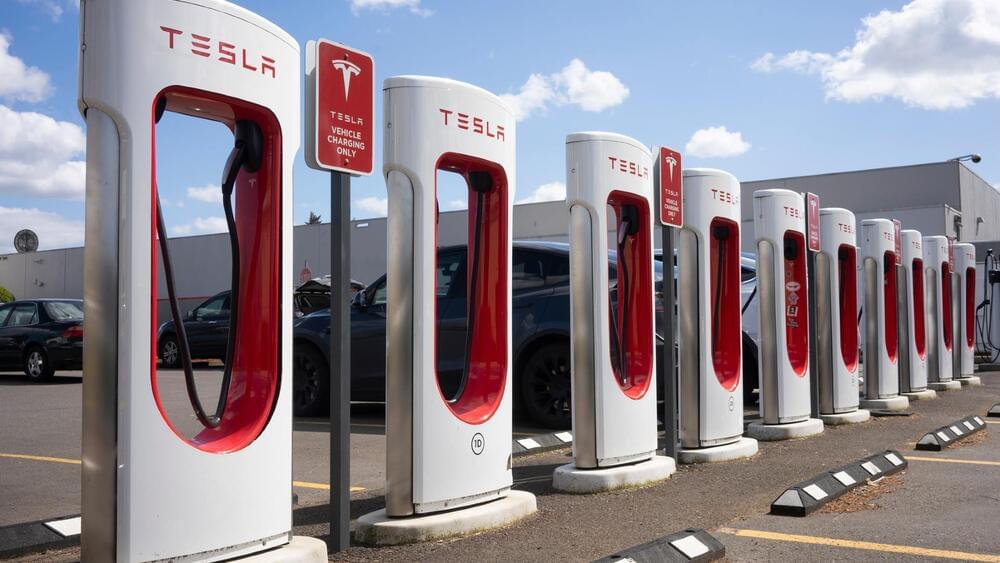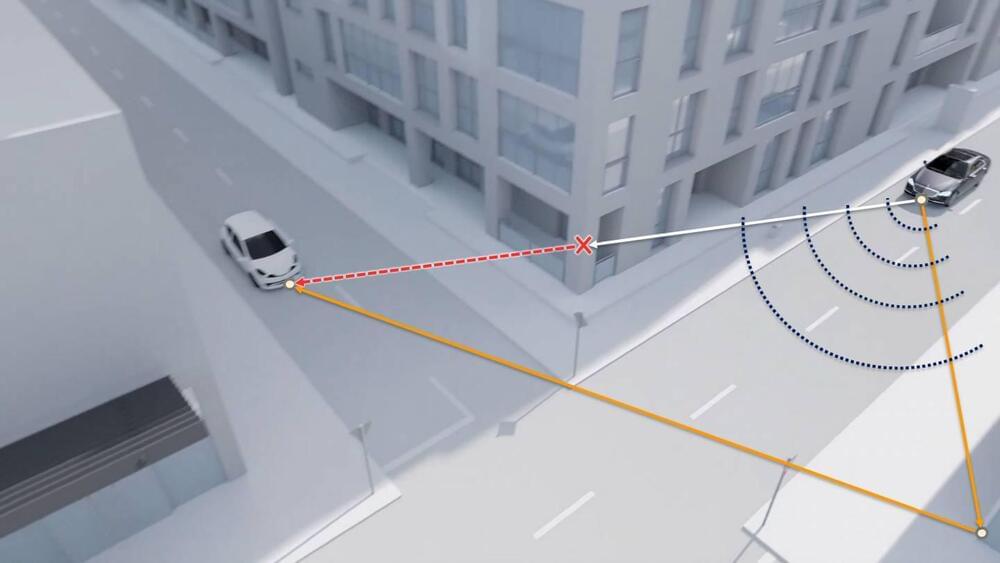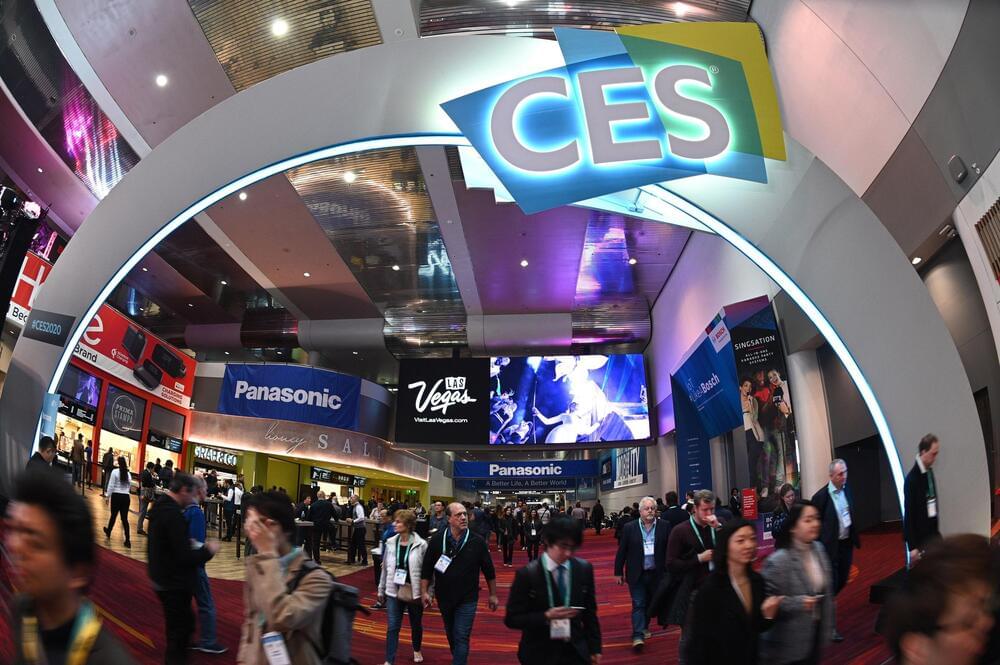Yet, it is a small percentage of its workforce.
Amazon.com Inc., one of the largest technology companies in the world with presence in ecommerce, advertising, video streaming and cloud computing, has announced that it will be laying off 18,000 workers as the company copes with the economic downturn in the future, The Wall Street Journal.
Smith Collection/Gado/Getty Images.
Technology companies in the U.S. began laying off people as early as June last year, when Tesla began reducing its staff strength as CEO Elon Musk had a “super bad feeling” about the economy. As the year drew to a close, software-focused companies also announced job cuts, with Meta leading the list with as many as 11,000 employees facing the axe.








